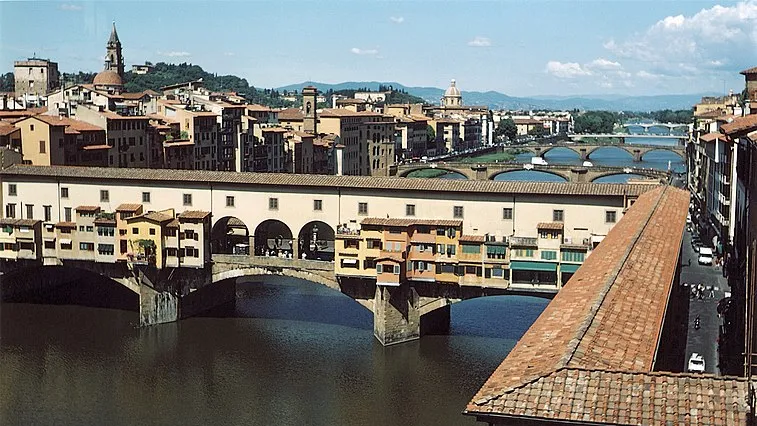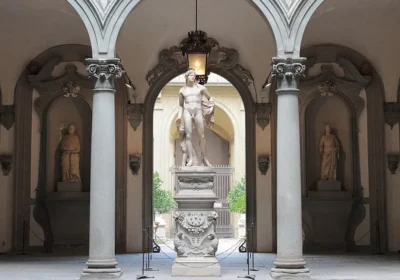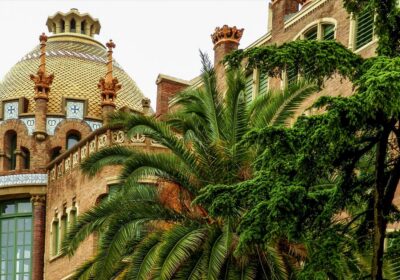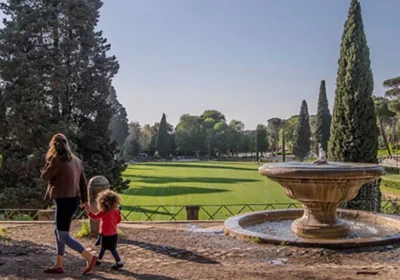Excursion “Zarechie”.
Florence tours are exclusively pedestrian, due to the restrictions on transport to the historic zone of the city, where most of the sights are concentrated.
Many of you have been to this magical city before, and have explored the historic centre up and down. This is why the “Excursion to the Undiscovered Zarechye” is just what you need.
It will answer the question of why wealthy foreign immigrants and travellers settled here instead of in the old heart of the city. This tradition was started by the wife of the Duke of Florence Cosimo the Great Medici, the Spanish Eleonora, and continued by the Bonapartes, Demidovs, Tchaikovsky, Dostoevsky, and many other world-famous people.
On this tour you will visit:
The Old Bridge – Ponte Vecchio is located in the narrowest part of the Arno River, almost opposite the Uffizi Gallery. It is the oldest bridge in the city.
The Church of Santa Felicita – Roman Catholic Church, the oldest in the city after San Lorenzo. with works by Pontormo
Pitti Palace – the largest of the palaces (palazzo) in Florence, an outstanding monument of Quattrocento architecture. It is located in Piazza Pitti, on the left bank of the Arno River, connected by a “long corridor” across the river with Palazzo Vecchio. On the south-eastern side of the palace adjoins the Boboli Gardens, an outstanding monument of Mannerist garden art.
The Church of Santo Spirito is a Catholic church on the square of the same name. Built in the XV century by Filippo Brunelleschi, it is considered one of the purest examples of early Renaissance architecture in Florence.
The Church of Santa Maria del Carmine is located on the south bank of the Arno River. It is dedicated to the Madonna of the Carmelite order. Outwardly unremarkable Florentine church became famous thanks to the famous frescoes in the Brancacci Chapel. painted by Mazaccio
Church of San Frediano – Roman Catholic church in the Baroque style in the Oltrarno district. The name Cestello comes from the Cistercians who occupied the church in 1628. Previously, a church from the 1450s stood on the site, attached to the closed Carmelite monastery of Santa Maria degli Angeli.

















